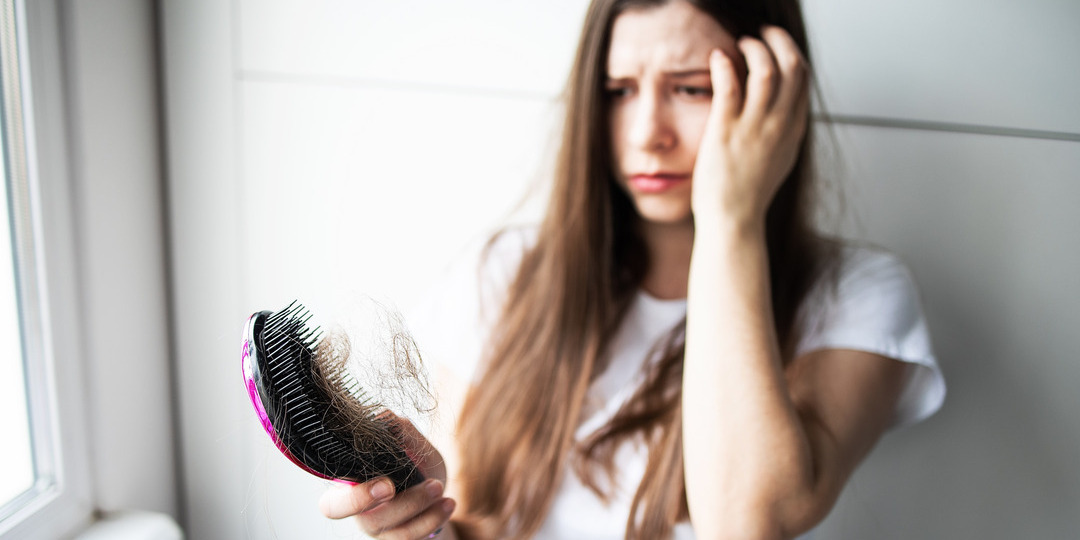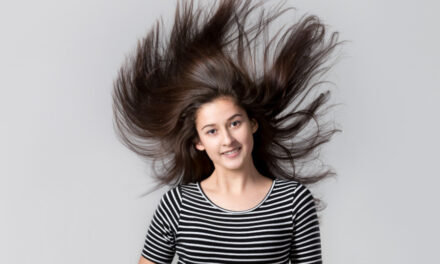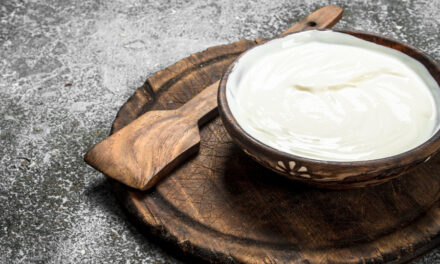
Dealing with hair fall after coloring can be both frustrating and disheartening. It’s a common issue that stems from the harsh chemicals often found in hair dyes, which can weaken your locks.
But don’t worry, there’s hope. Understanding the causes and implementing the right hair care strategies can make a significant difference. In this blog, we’ll explore the world of hair care post-coloring, focusing on mitigating hair fall and maintaining healthy, vibrant hair.
Understanding Hair Fall After Coloring
Hair dyeing, while exciting and transformative, can sometimes lead to hair fall. This is often due to harsh chemicals like Ammonia, PPD, or Hydrogen Peroxide in hair dyes, which strip hair of its natural proteins and nutrients, leading to brittleness and hair fall.
The type of dye used also plays a role; permanent dyes, for example, can cause more damage than semi-permanent options.
Preventive Measures

Deep Conditioning Treatments
Dyeing hair can often lead to the need for deep conditioning treatments, especially if you prefer only natural hair colors. These treatments, enriched with ingredients like keratin, coconut oil, or shea butter, delve deep into the hair structure, providing essential nourishment and fortifying the hair strands.
Regularly applying these treatments helps revitalize colored hair, ensuring it remains healthy, strong, and resilient against potential damage caused by dyeing hair.
Limit Heat Styling
It’s essential to reduce the use of heat styling tools to maintain the health and color of dyed hair. When styling is necessary, opting for air drying is a healthier choice, and applying heat-protectant products beforehand can significantly reduce the risk of heat-induced damage.
This approach not only maintains the integrity of the hair but also prolongs the vibrancy and longevity of the hair color.
Nutritious Diet
A nutritious diet is foundational for promoting healthy hair growth and maintaining the strength of colored hair. Foods rich in protein, iron, and biotin are vital in nourishing the hair from within, enhancing its ability to repair and grow.
Including these nutrients in your daily diet can lead to healthier, more resilient hair capable of withstanding the stresses of coloring treatments.
Natural Dyes
For those experiencing hair breakage after coloring, switching to natural hair dyes like henna is a beneficial and safer alternative. Natural dyes are less abrasive than synthetic ones, reducing hair damage and the likelihood of hair fall.
Using such dyes not only colors the hair gently but also contributes to its overall health, often imparting additional nourishing benefits.
Hair Care Tips for Colored Hair
Color-Safe Products
It’s essential to use shampoos and conditioners specifically formulated for color-treated hair to prevent hair falling and maintain the vibrancy and longevity of your colored hair. These products are designed to gently cleanse and condition your hair without stripping away color, helping to keep its hue bright and accurate, even after using chemical hair dyes.
Additionally, they often contain nourishing ingredients that help to repair and protect the hair from the rigors of dyeing hair.
Sun Protection
Prolonged exposure to UV rays can significantly fade your hair color, leaving it dull and lifeless. To combat this, protect your hair with hats or caps when spending extended periods outdoors, and consider using leave-in conditioners or hair products infused with SPF.
These steps help preserve the color and protect your hair from UV damage and dryness.
Regular Trims
Regular trims, ideally every 6-8 weeks, play a crucial role in maintaining the health of your colored hair. Trimming helps to remove split ends and reduce breakage, which the dyeing process can exacerbate.
Keeping your hair trimmed keeps it neat and healthy and prevents the damage from traveling up the hair shaft, leading to healthier, stronger hair overall.
Gentle Handling
Treating your hair with gentleness, particularly when wet and most vulnerable, is vital to preventing breakage and maintaining its overall health. Damp hair is more elastic and susceptible to damage, so avoiding rough towel drying or aggressive brushing is essential.
Instead, opt for gently patting your hair dry and using a wide-toothed comb to detangle, ensuring minimal stress and maximum care for your hair.
Treatment and Repair
Nourishing Oils and Conditioners
Incorporating natural oils and conditioners into your hair care routine can significantly repair and rejuvenate damaged hair, restoring vitality and shine. These products penetrate deep into the hair shaft, delivering essential nutrients and moisture necessary for healing the effects of hair coloring.
Protein Treatments
Protein treatments are crucial in fortifying the hair structure, especially after color treatment. They help rebuild the hair’s keratin, providing strength and resilience to prevent future damage and breakage.
Professional Advice
Consulting with hair care professionals can offer tailored treatment plans that cater to your hair’s condition post-coloring. They can provide expert guidance on products and treatments that best suit your hair type and address its needs.
Mistakes to Avoid Post-Coloring
Premature Washing
Resist the urge to wash your hair immediately after coloring; this can wash out the color before it fully sets. Waiting at least 24-48 hours after the coloring process helps ensure the color is adequately absorbed and lasts longer.
Hot Water Usage
When it’s time to wash your colored hair, opt for lukewarm water instead of hot. Hot water can strip the hair of its color and essential oils, leading to quicker fading and dryness.
Over-Washing and Styling
Limiting the frequency of washing and styling is essential to maintain the integrity of your colored hair. Overwashing and excessive styling can strip the hair of natural oils and cause damage, leading to color loss and breakage.
More Mistakes to Avoid
- Using products with harsh chemicals.
- Brushing hair too vigorously.
- Neglecting hair hydration and moisture.
Home Remedies and Natural Solutions

Coconut Milk and Aloe Vera
- Utilize coconut milk for deep moisturization and nourishment.
- Apply aloe vera for its soothing and repairing effects on the scalp and hair.
- It is ideal for hair damaged by coloring.
DIY Hair Masks
- Create masks using natural ingredients like honey, eggs, avocado, and yogurt.
- Tailor masks to address specific hair issues like dryness or brittleness.
- Offers a chemical-free, personalized hair care option.
Steam Treatment
- Use steam to open up hair cuticles for better product absorption.
- Enhances the effectiveness of oils and conditioners.
- Especially beneficial for color-treated hair, promoting health and vibrancy
Final Thoughts
In conclusion, preventing hair fall after coloring is all about understanding the causes and taking the proper steps toward hair care and nourishment. Adopting these tips and incorporating natural remedies allows you to maintain healthy, vibrant, and strong hair even after coloring.
And remember, for a targeted approach to hair health, consider exploring products like Vitamins Revive for hair treatment. Keep your hair’s health a top priority, and it will thank you with its shine and strength!
FAQs
Is it normal for hair to fall out after coloring?
Yes, it’s common to experience some hair fall after coloring due to the chemicals in dyes that can weaken hair strands. However, excessive hair fall could indicate more significant damage needing attention.
How do you fix hair loss after dying it?
To address hair loss after dyeing, focus on restoring moisture and strength with deep conditioning treatments, and consider using gentler, natural hair care products and methods.
How can I regrow my hair after coloring it?
Stimulate hair regrowth after coloring by nourishing your scalp with essential oils, maintaining a healthy diet rich in hair-friendly nutrients, and reducing styling practices that cause stress to your hair.
How can I prevent hair dye loss?
Prevent hair dye loss by using sulfate-free, color-safe shampoos and conditioners, avoiding hot water when washing hair, and minimizing exposure to the sun and heat styling tools.










